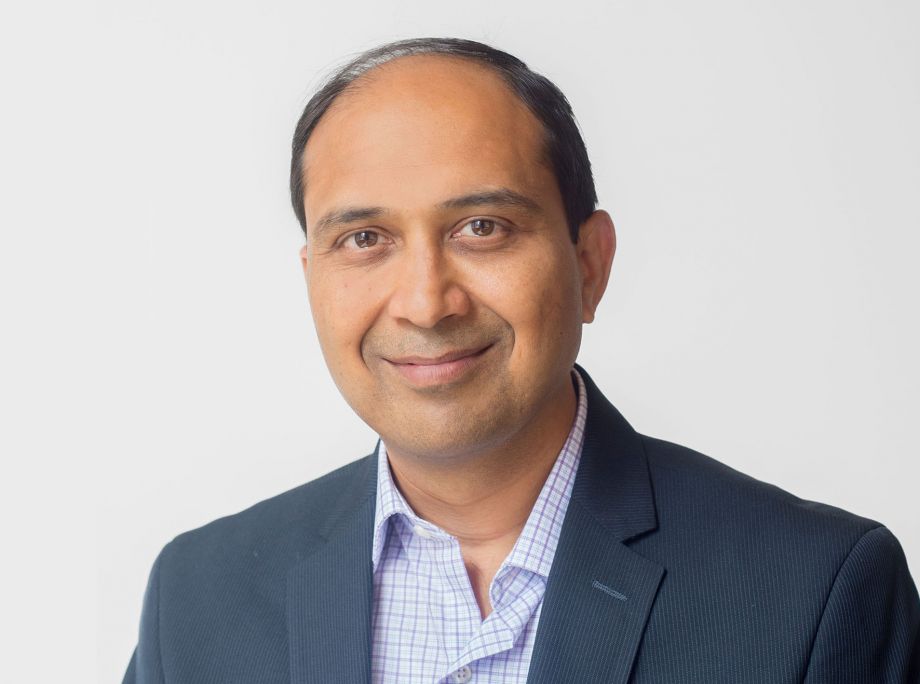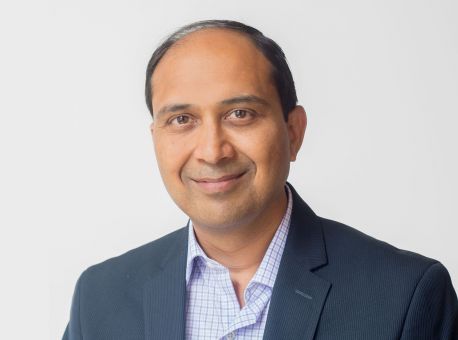Manish Shah – Healthcare’s move to ambulatory facilities provides patients with proximity, immediacy to treatment
REjournals.com
January 24, 2017
Healthcare in the Chicagoland market is spreading beyond the boundaries of hospital campuses.
In an age of advanced medical technologies, hospitals are branching out from their core campus networks to open outpatient facilities in other communities, an effort to bolster the speed of a patient’s treatment and cut down on traffic at main campus hospitals, various industry experts said.
“The bottom line is everybody wants to capture an area, and then they want to divert that business to their core business (the hospital),” said Manish Shah, KTGY’s executive director of architecture. “What it amounts to is a little bit more efficiency in patient management.”
Outpatient centers from some of Chicago’s most notable healthcare providers are popping up in communities that have traditionally relied on a local hospital.
In December, the University of Chicago Medicine Center for Advance Care opened in southwest suburban Orland Park, Illinois. The facility houses specialists in women’s health, cardiology and oncology, among others, and is expected to broaden its offerings.
“We’ve heard from our patients that they want to have access to them close to home,” said Theresa Quinn, interim vice president for ambulatory services with University of Chicago Medicine. “I think absolutely patients prefer to be seen and cared for where they live or even, where they work.”
The process to building the Orland Park facility started three years earlier, Quinn said, who now leads the property. A steering committee, which included University of Chicago Medical Center President Sharon O’Keefe, executives, department chairs and providers, identified Orland Park as an aging community that heavily relied on treatment from the University of Chicago Medical system, primarily at its Hyde Park campus.
As Americans continue to demand speed and ease in their day-to-day lives, healthcare providers are trying to meet their patients more than halfway.
“We put the patient in the front of everything we do,” she said.
But the trend of ambulatory services isn’t new. Shah, who notably worked on projects like Northwestern Medicine Prentice Women’s Hospital, said the “emerging” trend of outpatient facilities isn’t new, but a result of planning over the last few years – thus the sudden boom.
The move to localized healthcare is a reminder of healthcare in Shah’s native India, where doctor’s clinics on the corner were a pretty common form of basic healthcare, like what Americans see with pharmacies like Walgreens and CVS, he said.
But outpatient facilities are fighting off any ideas of healthcare from yesteryear. Advancements in medical technology have allowed for technology-driven operations. And as the Affordable Care Act continues to drive consolidation amidst healthcare providers and insurance deductibles hit new levels, hospitals are constantly looking for opportunities to cut costs and improve efficiency, said John Wilson, president of HSA PrimeCare.
These advancements, including digital record keeping, robotic-assisted surgeries and telemedicine, have allowed for the decentralization and lower costs – on top of streamlined care plans. Wilson said many surgeries conducted at outpatient centers today would have been major operations five to 10 years ago.
Meanwhile, outpatient facilities and hospitals continue to revamp their focus, placing a greater emphasis on the patient’s stay as these facilities continue to become “much more welcoming,” Wilson said.
“If you went back 20 or 30 years ago, medical office buildings were pretty generic,” he said. “You’re seeing more and more focus on the patient experience within the suite.”
The University of Chicago’s Orland Park facility features minimal office space, smaller waiting rooms and more meeting rooms as it looks to focus on efficiency for both its staff and the patient, Quinn said.
For Shah, the question of design comes down to a matter of making a physician’s job that much easier. Shah equated the move to the decline of regional mall traffic for the retail sector – caused by the rise of e-commerce and consumer demands.
Just as many predict e-commerce will continue its dominance in the retail industry in 2017, the move away from centralized care is only expected to continue in 2017.
“In a fast-paced, technology-driven world, we tend to care more about (quick and easy) access,” Shah said. “It’s a changing time.”

